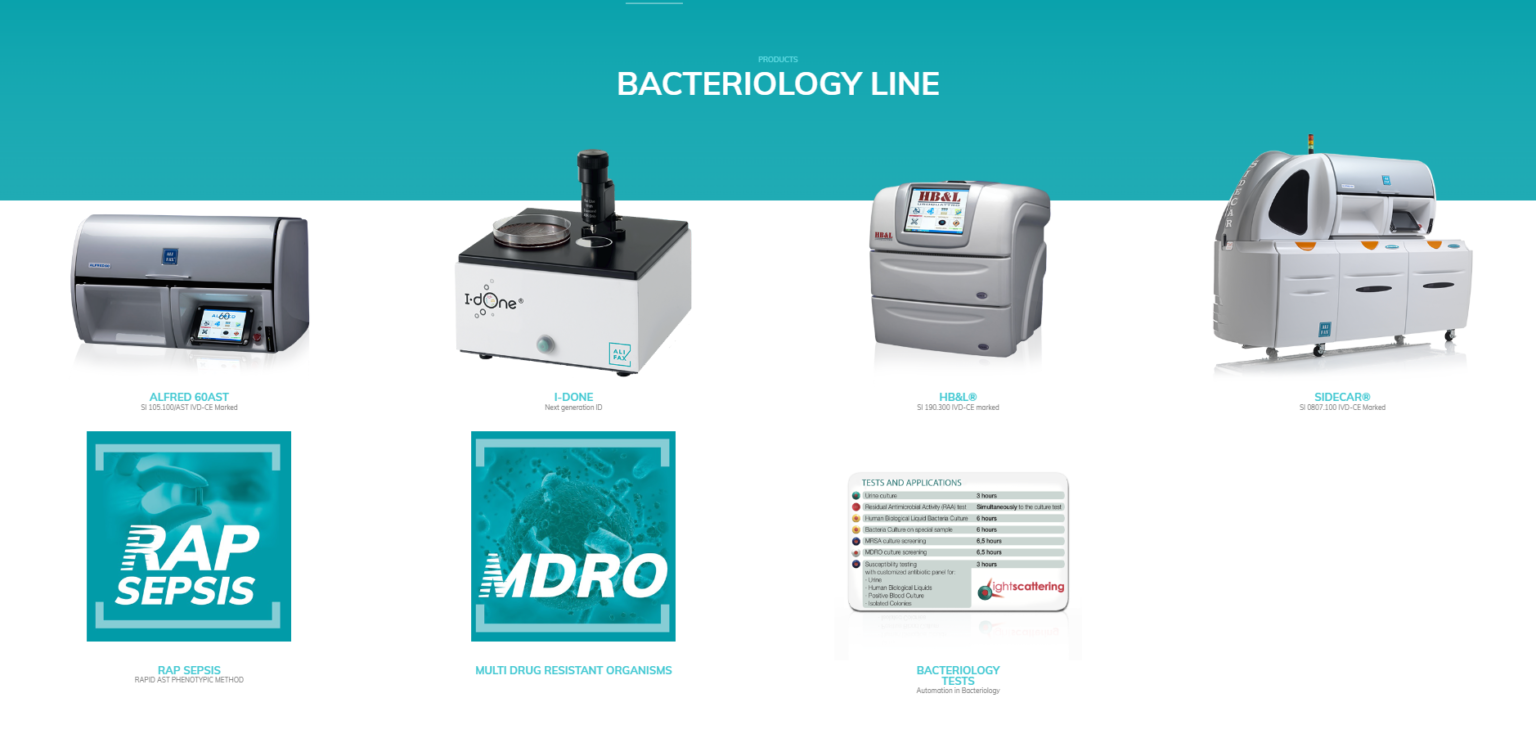
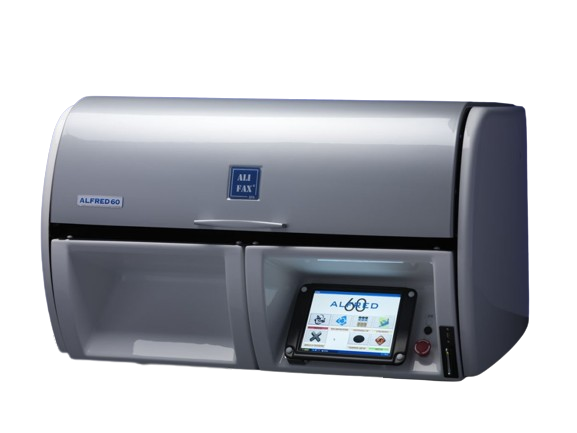
Alfred60 is the first fully automated system able to perform bacterial culture, RAA and susceptibility testing by automating the whole process of sample inoculation, reading and result transmission. Using the patented technology based on light scattering it is able to detect the presence of bacteria and their drug resistance in few hours withhigh sensitivity and specificity.
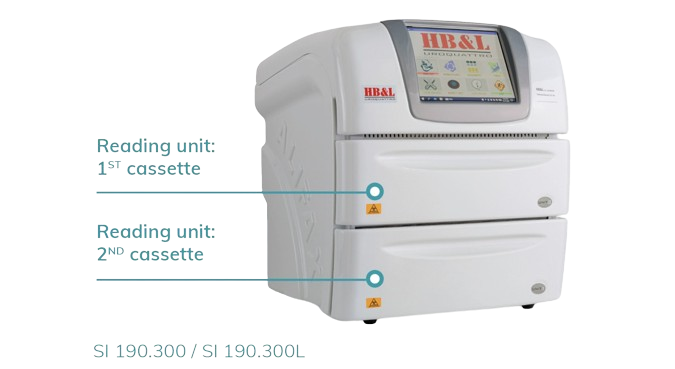
The compact instrument, with dedicated reagents, performs rapid bacterial culture, Residual Antimicrobial Activity (RAA) test, clinical antimicrobial susceptibility testing (AST) and rapid phenotypic screening of Multi-Drug Resistant organisms (MDRO), in a few hours with high sensitivity and specificity
The software flexibility of the HB&L allows different tests to be performed simultaneously; each reading unit position is independent from the others and can be set according to sample type, incubation time, test profile, analytical protocol and cut-off.
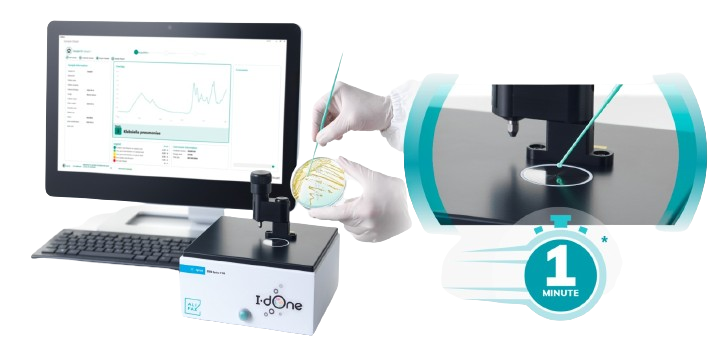
I-dOne analyses the spectrum produced by the interaction between intact microbial cells and IR light through the vibrational state of their chemical bonds. Each species produces a unique fingerprint-like FTIR spectrum Results are reported as Microorganism ID along with relative score that represents the reliability of the identification to known vibrational profiles of species present in the reference database.
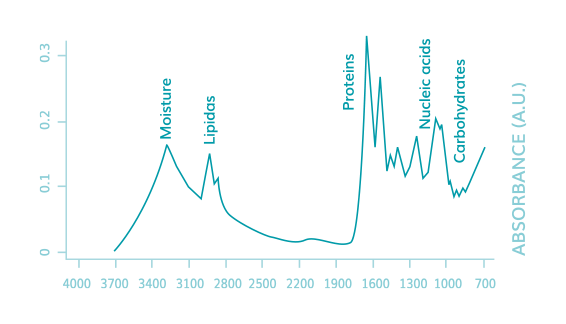
©2024 biotron.co.il All Rights Reserve | Built by HDigital | הצהרת נגישות
מופעל על ידי אבירם אזיאל | led by CEO Aviram Aziel